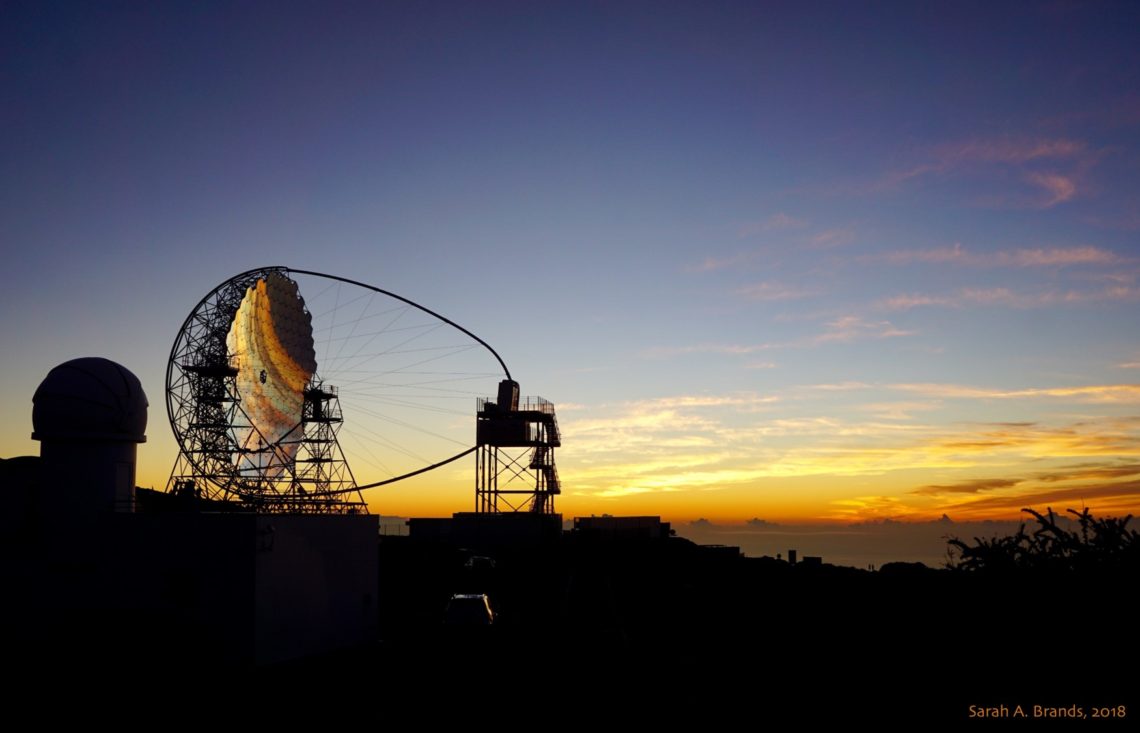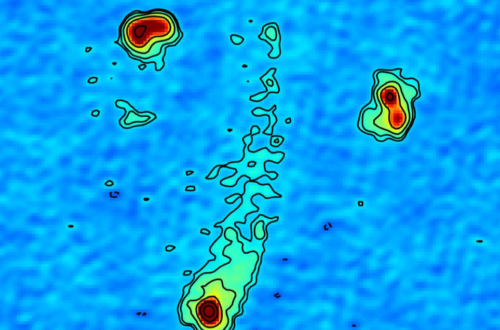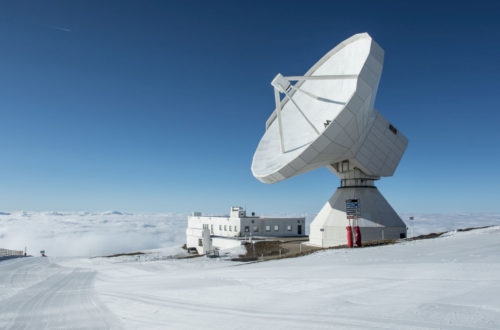SPOILER ALERT! We are in the year 2030 AD! So, if you do not wish to learn your future, you should stop reading now!
Alright, for those of you who are still curious.
Hundreds of new Supernovae have been detected. Structures in Supernova Remnants have shed light on particle acceleration, particle interactions and have also helped improve our understanding of diffusion.
Powerful pulsars, both with and without surrounding wind nebulae (PWNe), have been detected on the Galactic plane shining light on the mystery of both magnetic fields and the evolution of such systems.
Observations and theoretical work focusing on the closest supermassive black hole to Earth, Sgr A*, have yielded a variety of interesting results on particle acceleration, particle diffusion, gamma-ray production in the vicinity of black holes and dark matter annihilation/decay.
The absorption of very high energy radiation in the interstellar radiation field has been studied thoroughly.
Dozens of black holes or neutron stars orbiting massive stars (microquasars) have been revealed and the periodic modulation of the gamma-ray emission has allowed us to study how particle acceleration is affected by environmental conditions.
Studies on the formation of relativistic outflows from highly rotating magnetized objects, as well as their connection to the accretion process have yielded groundbreaking results.
The relationship between star-forming regions and gamma-ray emission has been established and is well understood.
The characteristics of pulsar emission in the GeV domain have led to a further understanding of the emission mechanisms in pulsars and the electrodynamics within their magnetospheres.
The mechanisms that drive one-third of the very high energy gamma-ray sources, namely the Active Galactic Nuclei, have been well constrained. Moreover, the numerous observations of such sources, even to very high redshifts, have led to a better statistical understanding of their populations.
Crucial open questions regarding the most powerful explosions in the Universe, namely Gamma-Ray Bursts, such as the emission mechanism, the progenitor, the composition of the jets have almost been answered.
Galaxy clusters have been detected in gamma-rays and dark matter has been mapped at these scales.
All these and many more astronomical accomplishments have been possible due to the Cherenkov Telescope Array (CTA). The biggest array of telescopes that uses the Imaging Atmospheric Cherenkov Technique (IACT) to observe very high-energy gamma-rays of the order of 1TeV (1012eV). More than 100 telescopes of three different sizes have been operating in two different sites (one in each hemisphere) for almost ten years covering the whole sky, day and night.
Back to today. If you are not satisfied with the evolution of things, then lie back and wait… Things might evolve different eventually and many more surprises may be revealed!

Image Credit & Copyright: Sarah Brands (University of Amsterdam)
If you are interested in more details about CTA, visit the official website.




